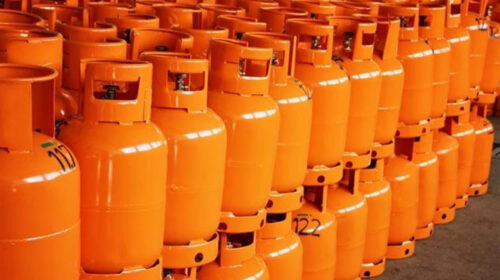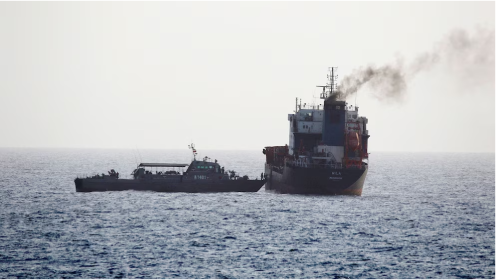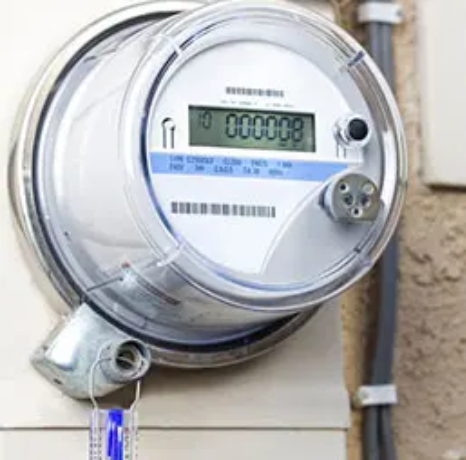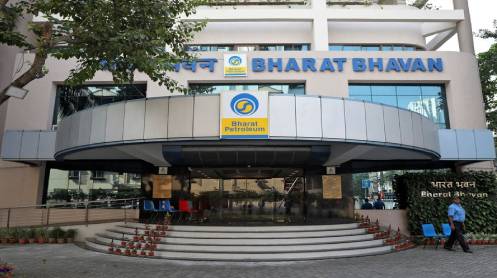Liquefied Petroleum Gas (LPG) is a highly versatile energy source widely used for cooking, heating, and even as a fuel for vehicles. Despite its convenience and efficiency, LPG poses significant risks if not handled properly. Ensuring safety in the usage, storage, and transportation of LPG is crucial to prevent accidents. The recent tragic LPG incident in Pakistan serves as a stark reminder of the importance of adhering to stringent safety protocols. This blog provides an extensive guide on LPG safety, with practical tips and lessons learned from real-world incidents.
Understanding LPG
LPG, a flammable mixture of hydrocarbon gases, primarily propane and butane, is stored in pressurized gas cylinders or tanks. Known for its high energy content, LPG is used in various applications, from residential cooking and heating to industrial processes and automotive fuel. Given its flammable nature, even minor leaks can lead to dangerous situations, including explosions and fires.
Recent LPG Incident in Pakistan
A few days ago, Pakistan experienced a devastating LPG incident that resulted in a massive explosion in a residential area. The explosion caused significant property damage, numerous injuries, and loss of lives. Preliminary investigations suggest that the explosion was due to a gas leak that went unnoticed. This tragedy underscores the critical need for vigilance and strict adherence to safety measures when dealing with LPG.
Safety Tips for Handling LPG
1. Regular Inspection and Maintenance
Visual Checks: Regularly inspect your LPG cylinders and gas pipes for any signs of wear and tear, rust, or leaks. Look for any unusual smells or sounds that might indicate a problem.
Professional Maintenance: Hire a certified technician to conduct a thorough inspection and maintenance of your LPG systems at least once a year. Ensure that all repairs and maintenance tasks are documented.
2. Proper Storage
Well-Ventilated Areas: Store LPG cylinders in well-ventilated areas, away from direct sunlight and other sources of heat. This helps to prevent the build-up of gas in case of a leak.
Secure Positioning: Ensure cylinders are stored upright and securely to prevent them from falling or being knocked over. Use appropriate storage racks or cages to keep them in place.
Distance from Ignition Sources: Keep LPG cylinders away from any potential ignition sources, including electrical appliances, open flames, and smoking areas.
3. Leak Detection
Smell Test: LPG has a distinct odor added to it to help detect leaks. If you smell gas, it’s crucial to take immediate action.
Soap Solution: Apply a soap solution to connections and hoses. If bubbles form, there’s a leak. This simple test can be done regularly to ensure safety.
Electronic Detectors: Consider installing electronic gas leak detectors in your home or workplace. These devices can provide an early warning of a gas leak, allowing for quick action.
4. Usage Precautions
Turn Off When Not in Use: Always turn off the gas supply from the cylinder when not in use, especially at night or when leaving the house. This simple habit can prevent many accidents.
Ventilation: Ensure the area where LPG is used is well-ventilated to disperse any leaked gas and prevent buildup. Use exhaust fans or open windows to maintain airflow.
Appliance Care: Use LPG appliances that are in good condition and have been regularly maintained. Avoid using damaged or outdated equipment.
5. Installation and Equipment
Certified Equipment: Use only certified and approved gas appliances and accessories. Look for safety certifications and quality marks.
Professional Installation: Ensure all installations are done by qualified professionals to avoid faulty setups. DIY installations can lead to dangerous mistakes.
Regular Checks: Regularly check the condition of gas hoses, regulators, and connections. Replace any components that show signs of wear or damage.
6. Emergency Preparedness
Fire Extinguisher: Keep a fire extinguisher handy and ensure you know how to use it. Choose an extinguisher that is suitable for gas fires.
Evacuation Plan: Have an evacuation plan in place and ensure all family members or colleagues are familiar with it. Conduct regular drills to keep everyone prepared.
Emergency Contacts: Keep emergency contact numbers, including the local fire department and gas company, easily accessible.
Steps to Take in Case of a Gas Leak
- Immediate Action: Turn off the gas supply from the cylinder or main valve immediately. This is the first and most crucial step in preventing an explosion.
- Do Not Ignite: Avoid using any electrical appliances, switches, or open flames. Any spark can ignite the gas.
- Ventilate: Open all windows and doors to allow the gas to disperse. Ventilation can significantly reduce the concentration of gas in the air.
- Evacuate: If the leak is significant, evacuate the premises and call emergency services. Do not re-enter the building until it is declared safe.
- Professional Help: Do not attempt to fix the leak yourself. Call a professional technician to handle the situation. They have the necessary tools and expertise to address the issue safely.
Safety in the Workplace
LPG is commonly used in various industries, and ensuring workplace safety is paramount. Implementing comprehensive safety measures can prevent accidents and protect employees.
1. Training
Comprehensive Training: Provide comprehensive training to employees on the safe handling and usage of LPG. Include practical demonstrations and regular refresher courses.
Safety Protocols: Train employees on safety protocols, including emergency procedures and the proper use of safety equipment.
2. Safety Protocols
Regular Drills: Conduct regular safety drills to ensure employees are familiar with emergency procedures. Practice evacuation routes and the use of fire extinguishers.
Clear Signage: Post clear signage indicating the location of LPG cylinders, emergency exits, and safety equipment. Ensure all signs are easily visible and understandable.
3. Equipment Maintenance
Scheduled Inspections: Ensure all LPG-related equipment is regularly inspected and maintained by qualified professionals. Keep detailed records of inspections and maintenance activities.
Safety Features: Use equipment with built-in safety features, such as automatic shut-off valves and leak detectors. These can provide an additional layer of protection.
4. Emergency Response
Clear Communication: Have a clear and well-communicated emergency response plan, including the location of emergency exits, assembly points, and contact information for emergency services.
Emergency Kits: Maintain emergency kits with essential items such as fire extinguishers, first aid supplies, and communication devices. Ensure all employees know the location and contents of these kits.
Lessons from the Pakistan Incident
The recent LPG explosion in Pakistan serves as a stark reminder of the potential dangers associated with LPG. The key lessons from this incident include:
1. Importance of Vigilance
Regular inspection and prompt action upon detecting any signs of leaks can prevent disasters. Ignoring or delaying repairs can lead to catastrophic outcomes.
2. Adequate Ventilation
Ensuring proper ventilation in areas where LPG is used can prevent gas accumulation and reduce the risk of explosions. Always prioritize ventilation in your safety protocols.
3. Emergency Preparedness
Having an effective emergency response plan and ensuring everyone is familiar with it can save lives. Regular drills and training are essential to keep everyone prepared.
4. Community Awareness
Raising awareness about LPG safety in the community can help prevent accidents. Share safety tips and information with neighbors, friends, and family.
Additional Safety Measures
To further enhance LPG safety, consider implementing these additional measures:
1. Advanced Leak Detection Systems
Install advanced leak detection systems that can automatically shut off the gas supply in case of a leak. These systems can provide an additional layer of safety.
2. Safety Audits
Conduct regular safety audits to identify potential risks and areas for improvement. Engage third-party experts to provide an unbiased assessment of your safety measures.
3. Emergency Preparedness Programs
Develop comprehensive emergency preparedness programs that include detailed evacuation plans, communication strategies, and collaboration with local emergency services.
4. Community Engagement
Engage with the community to raise awareness about LPG safety. Conduct workshops, distribute informational materials, and encourage the sharing of best practices.
Conclusion
LPG is a versatile and efficient energy source, but its safe usage is paramount to prevent accidents and ensure the safety of your home and workplace. By following these safety tips and learning from past incidents like the one in Pakistan, we can minimize risks and protect ourselves and our loved ones from the potentially devastating consequences of LPG-related accidents. Always prioritize safety and never take shortcuts when it comes to handling LPG. Stay informed, stay vigilant, and stay safe.
Implementing these comprehensive safety measures can help create a safer environment for everyone. Remember, safety is a continuous process that requires constant attention and improvement. Take proactive steps today to ensure a safer tomorrow.





